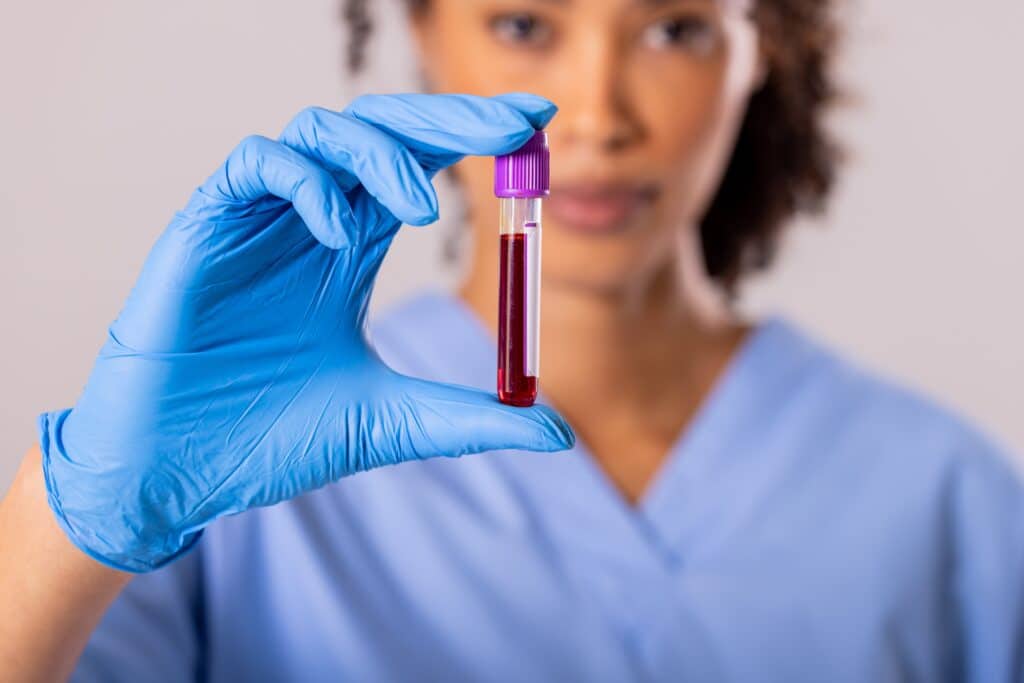Platelet-Rich Plasma (PRP) injection has become one of the more popular “regenerative” techniques in cosmetic medicine. It promises more natural rejuvenation, leveraging the body’s own healing mechanisms. But as with many such options, there are benefits, limitations, and things to watch out for. This article explores what PRP is, how it’s used in plastic surgery in Turkey, issues, and cost.
What Is PRP?

Platelet-Rich Plasma is a special preparation from a person’s own blood containing a high concentration of platelets. These platelets are tiny cell fragments that play an important natural role in the body’s healing process. They release growth factors and bioactive proteins that repair tissues, boost collagen and elastin production. Due to these powerful regenerative properties, PRP has become increasingly popular in medical and cosmetic treatments.
The process of creating PRP with a high concentration of growth factors is relatively simple and safe. It begins with drawing a small blood sample of the patient’s blood, similar to a routine blood test. This blood is then placed in a centrifuge, a machine that spins at high speeds.
This separates the blood into layers based on density. Red blood cells settle at the bottom, plasma rises to the top and a middle layer rich in platelets forms in between. The practitioner then extracts this platelet-rich layer and prepares it for use.
Depending on the desired outcome, the PRP can be used on its own or in combination with other treatments. In some protocols, a special ‘activator’ is added to the PRP before it is injected or applied to the skin. This step helps to trigger the release of the platelets’ healing proteins called growth factors more quickly.
Applications of PRP Injection in Aesthetic & Plastic Surgery
Use | What It Aims To Do |
|---|---|
Facial improvement | Stimulate collagen & elastin, reduce wrinkles, improve skin quality |
Hair restoration | Can help revive hair follicles, increase hair density, reduce shedding |
Improvement of scars and pigmentation | Some studies or reports indicate improvements in scar appearance |
Volume maintenance in fat grafting | May help with survival of fat grafts, maintaining volume over time |
Rejuvenation (under eye and hollows) | Some practitioners use PRP to address dark circles and fine lines |
Strengths & Limitations
What is promising:
- Patients often report improved skin texture, tone, firmness, reduction of fine lines, after PRP, particularly in facial settings.
- Hair regrowth in androgenic alopecia has among the strongest supporting data.
- Low incidence of serious adverse events; most side effects are mild and temporary.
- Treatment of chronic or severe tendon injuries with PRP injection.
- PRP doesn’t just stimulate tissue repair—it also controls and reduces inflammation.
What is less certain:
- Different studies use different centrifuge speeds, platelet concentrations, number of injections, intervals, activation methods. This makes it harder to compare outcomes or define “best practice.”
- Some people get excellent improvements; others see modest or no changes. Baseline condition, age, skin type, lifestyle, and severity of aging or damage all influence response.
- Effects often improve over weeks to months; long-term retention is less certain for many applications. Maintenance treatments are often needed.
- Lack of large randomized controlled trials in many aesthetic uses, especially comparing PRP vs other treatments or as adjuncts.
Safety, Risks, and Precautions
PRP is generally safe because it uses your own blood, which reduces the risk of allergic reactions. But, like any medical treatment, there are some possible side effects and precautions to consider.
Most people only experience mild and temporary effects, such as pain, swelling, redness, or bruising at the injection site. Sometimes, there might be a little redness, itching, or the skin might look a bit worse before it gets better.
Serious problems are rare, but they can include infection or injury to deeper parts of the body, such as nerves or blood vessels. But this only happens if the doctor doesn’t do the injections properly. Some patients may also be unhappy if the results are minimal or fade over time.
PRP is not suitable for everyone. If you have a blood disorder that affects platelet function or are taking certain medications, you should not use this product. It may also be unsafe for people with cancer.
Practical Considerations for PRP in Turkey
PRP treatments usually cost more than simple, non-invasive options like creams or chemical peels. The procedure needs special equipment and careful preparation. Additionally, it often involves multiple sessions. Therefore, PRP in Turkey is popular because many clinics offer good prices.
A normal session takes about 45 to 60 minutes. However, it can take longer if you are having other treatments. The results take time to appear, often between a few weeks and a few months.
Most patients need more than one session to get the best results, and sometimes they might need to have more sessions to keep the results. The cost of treatment at a clinic in Turkey can depend on a few things. These include the clinic, the experience of the doctor, and how many sessions you need.
DO YOU HAVE QUESTIONS?
Key Take-Home Messages
- PRP is promising for skin rejuvenation, hair restoration, volume maintenance, and scar treatment.
- Results vary. Not everyone will see change, especially in severe aging or advanced hair loss.
- It’s not a magic bullet, expectations need to be realistic. You may need multiple sessions.
- Safety is generally good, but only when done under sterile conditions, by trained personnel.